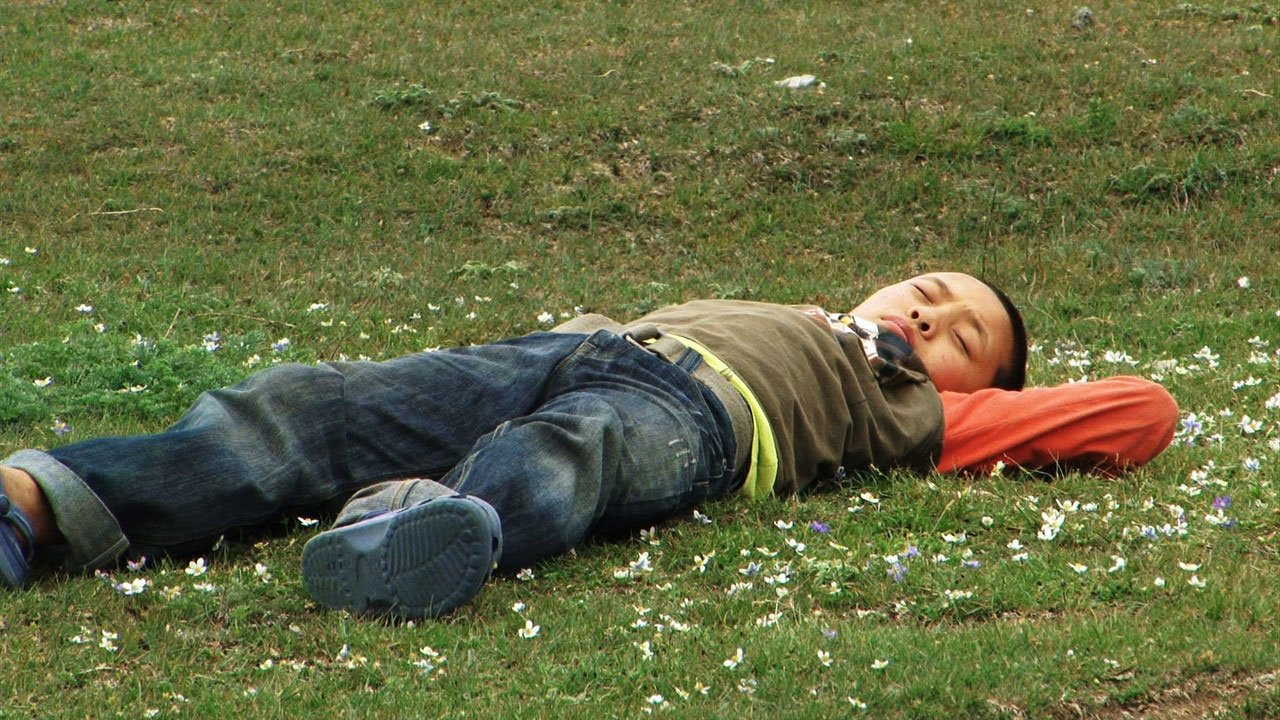
OLO, the Boy from Tibet (2012)
A 6-year-old Tibetan boy leaves his family and flees to a refugee camp in northern India.

A 6-year-old Tibetan boy leaves his family and flees to a refugee camp in northern India.
A Tibetan woman collects water near her family's yak farm and brings it back home 80-pounds full, in a ritual that takes her an hour to complete. A selection from Peabody Award-winning documentarian Bari Pearlman’s Nangchen Shorts series.
Nepal 1950. A mysterious, unexplored country. The Swiss geologist Toni Hagen, was the first European to pass through the "forbidden" kingdom. He doesn't discover any mineral resources there. Yet he does uncover the mysteries of life and penetrates towards a more profound truth which lends a new dimension to his life. In the spring of 1999, Hagen returns to Nepal to keep a promise of almost 50 years: At that time a Buddhist monk had presented him with the gift of a valuable and mystical ring.
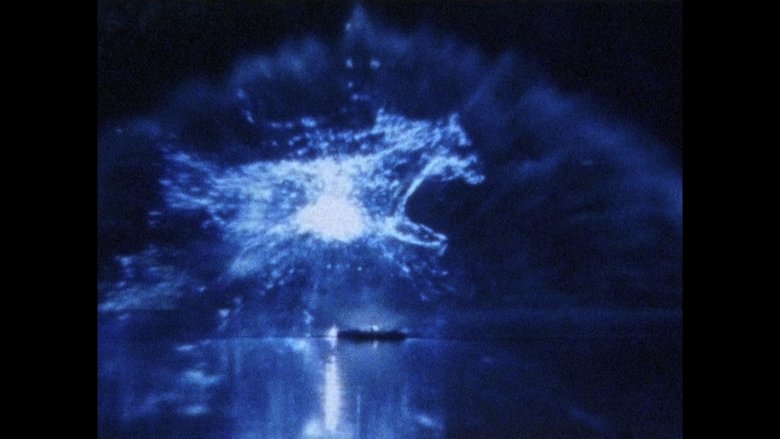
Film is made out of gelatin that comes from horses. They’re waiting to be slaughtered, so that pictures can be made. Many years ago we learned the language of our masters. Though we couldn’t help wondering why so few of you bothered to learn ours. Three scenes featuring horses, remembering Jacinto. The first is a daytime forest haunting that winds up at a carousel, the second a rainy street in Portugal, the finale a nighttime vigil of fire and water.
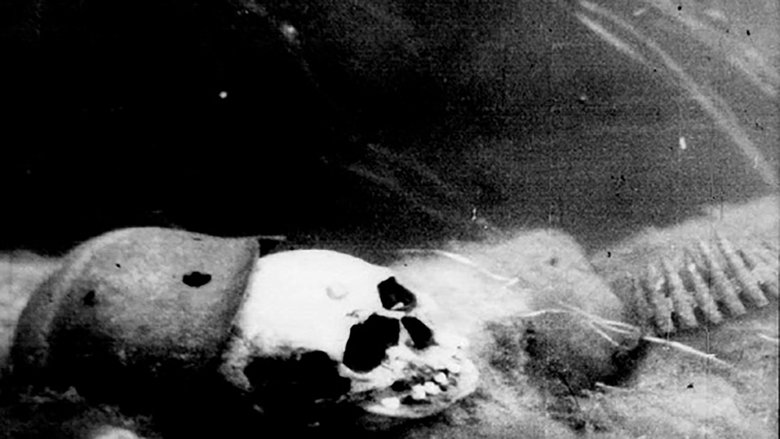
The mute documentary-experimental film "Ten Minutes of Silence" is a film expression of the trends embodied in the painting "Black Square" by Malevich and J. Cage in music.
"This tape is an exploration of my latent heterosexuality with porn star / performance artist Annie Sprinkle as instructor and sage. After assuaging my fears that I can have sex with a woman & still maintain my gay identity, Annie warms me up with some playful, sensual wrestling. She then instructs in the use of a tampon while relating men's need to make war with their inability to menstruate. For the rest of the tape, she guides me through the specifics of sexual exploration, positions of coital congress as well as post- coital ritual."
The theme of death is heavily interwoven in Smolder’s surreal salute to Belgian painter Antoine Wiertz, a Hieronymus Bosch-type artist whose work centered on humans in various stages in torment, as depicted in expansive canvases with gore galore. Smolders has basically taken a standard documentary and chopped it up, using quotes from the long-dead artist, and periodic statements by a historian (Smolders) filling in a few bits of Wiertz’ life.
Fragments 83 rediscovers—and repurposes—Richard Millen 1983 experimental film If You Can’t Be with the One You Love, shot in Brooklyn and the West Village in the early days of the AIDS epidemic. The resulting documentary explores the hunt for sex/love, the joy of making cinema, and the inexorable passage of time.
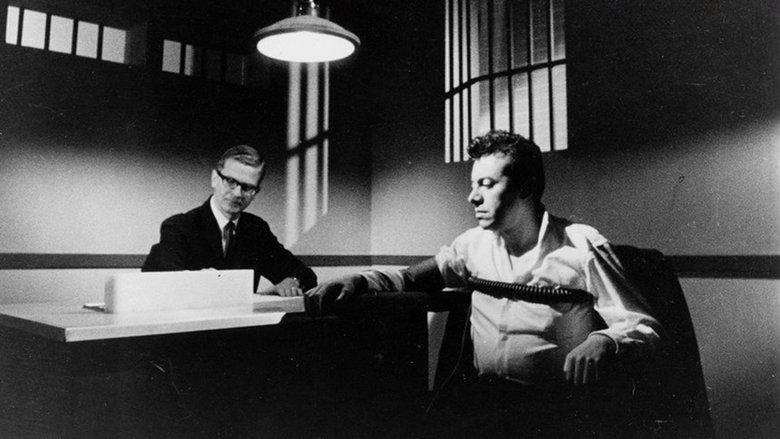
The discovery of a human torso thrown into a waterway, leads the viewer to observe the work of modern criminology and the task of special agents to track and record the psychopath's mentality through the elucidation of techniques present in the reality of the police investigation.
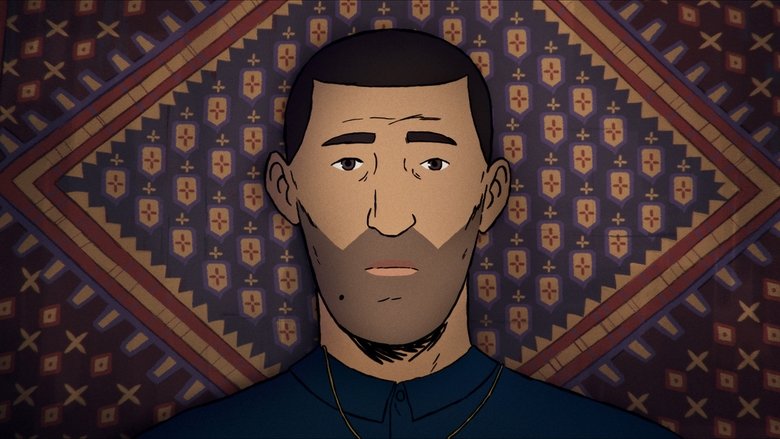
Recounted mostly through animation to protect his identity, Amin looks back over his past as a child refugee from Afghanistan as he grapples with a secret he’s kept hidden for 20 years.
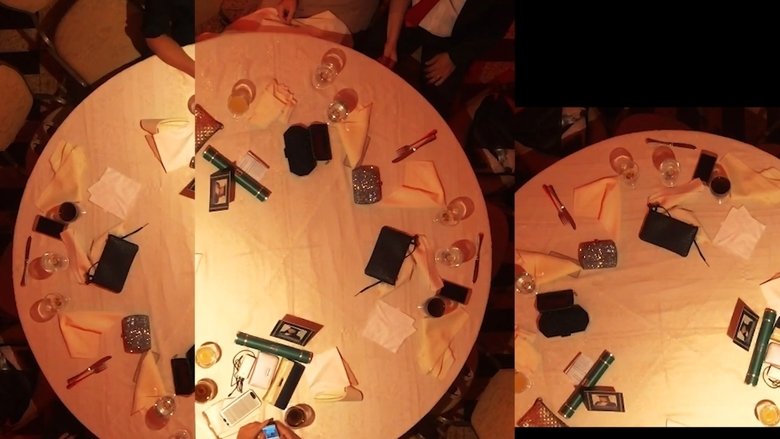
Originality in a time of poorly made copies, a filmic inventory of a strange time, a kaleidoscope of images, in a constant game of ruptures and continuities. All this from 365 videos published on an Instagram page in 2018, added to an original soundtrack and a text adapted from Dürrenmatt's play Dialogue of a Vile Man, a text that synthesizes our time well.
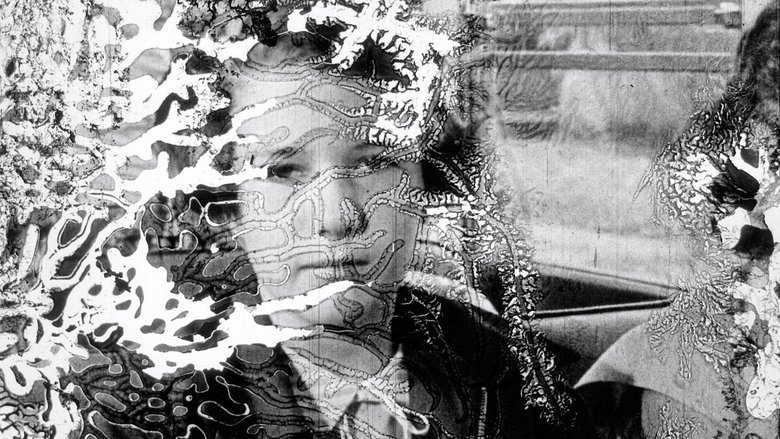
A meditation on the human quest to transcend physicality, constructed from decaying archival footage and set to an original symphonic score.
Chasing Asylum tells the story of Australia's cruel, inhumane treatment of asylum seekers and refugees, examining the human, political, financial and moral impact of current and previous policy.
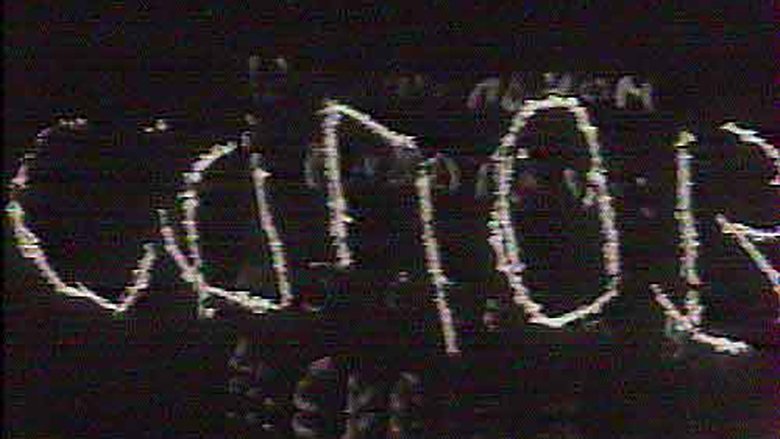
Several fragments of one day in Leningrad in the autumn of 1989, refracted in the imagination of the artist.
Claire Denis goes to Eastern Chad to the Breidjing camp, the home of 40,000 refugees from Darfur. With great humility, she tells the stories of these men and women, victims of one of the worst humanitarian catastrophes that this century has seen so far.
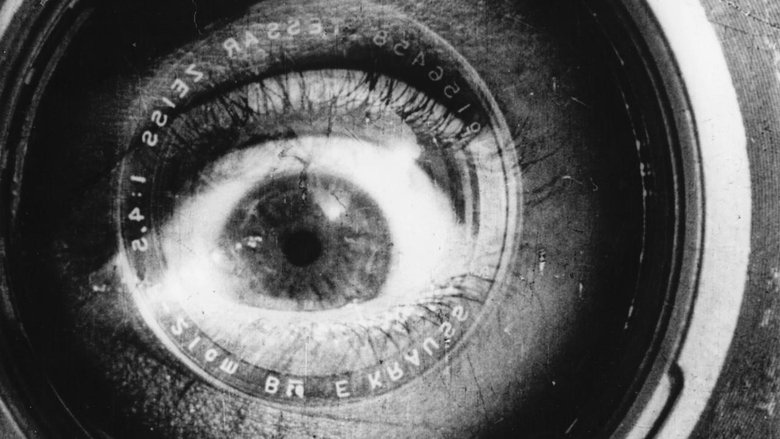
A cameraman wanders around with a camera slung over his shoulder, documenting urban life with dazzling inventiveness.
An intimate portrait of the nuns of Kala Rongo, a rare and exceptional Buddhist Monastery exclusively for women situated in Nangchen, in remote and rural northeastern Tibet. These nuns are receiving religious and educational training previously unavailable to women, and playing an unprecedented role in preserving their rich cultural heritage even as they slowly reshape it. They graciously allow the camera a never-before-seen glimpse into their vibrant spiritual community and insight into their extraordinary lives. Some shy, some outspoken, all are committed to the often difficult life they have chosen, away from the yak farms and herding families of their birth. It is the story of their spiritual community, one that couldn't have existed 20 years ago but is thriving today.
SONG 5: A childbirth song (the Songs are a cycle of silent color 8mm films by the American experimental filmmaker Stan Brakhage produced from 1964 to 1969).
A silent succession of black-and-white photographs of the city of Montreal.
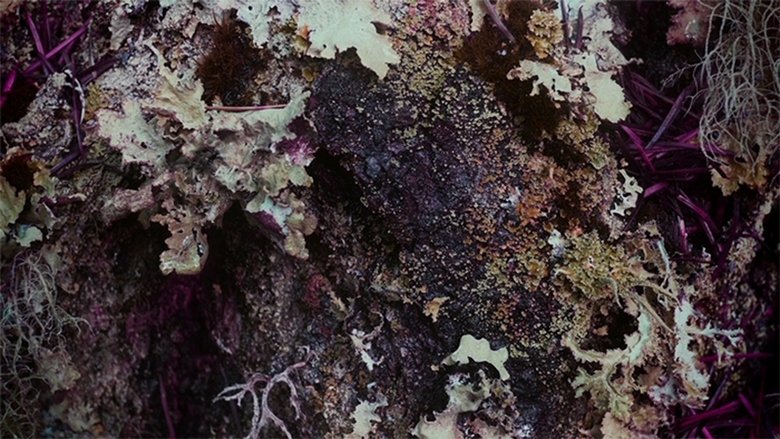
Using only nature and his immediate surroundings, filmmaker Brandon Wilson creates an experimental documentary that ignites the imagination of wandering in nature, and creates a loving portrait to the woods he calls home. Over the course of a year, Wilson set out to document— and accentuate—his surroundings through camera filters, angles, repetition, and audio. The end result is a hypnotic journey through the hidden wonders and beauties of the Northwest forests, in vivid colors and immaculate black-and-whites.